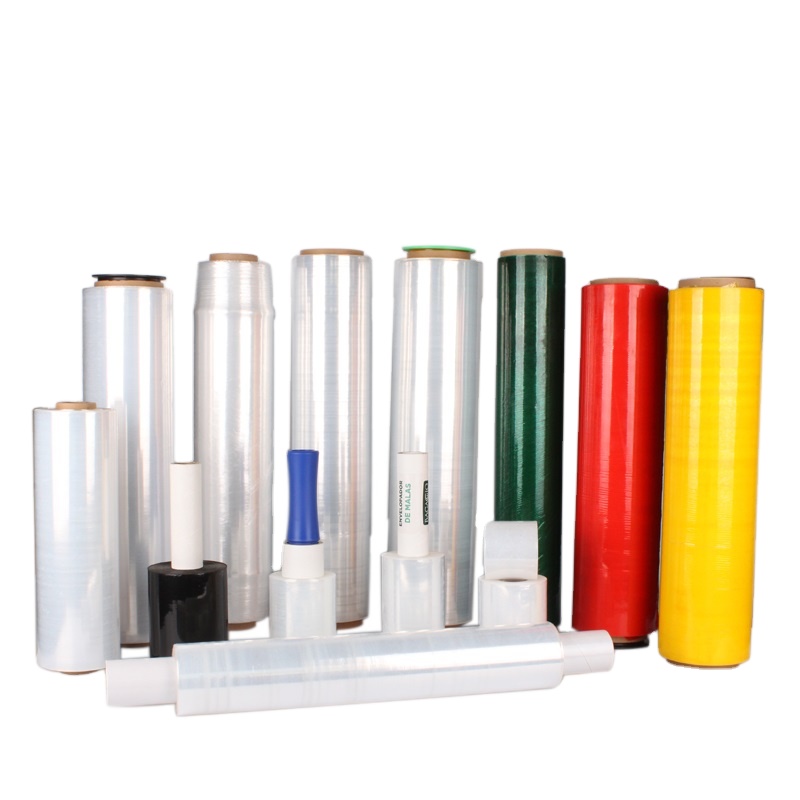PE Stretch Film is an essential component in modern packaging and shipping, ensuring products are securely wrapped for transport and storage. Understanding its effectiveness is crucial for any business that relies on these materials.
When the proper stretch wrapping is negated, problems can arise during shipping. Depending on the severity of the problem, your business may end up with a bruised reputation and potential safety failures. Utilizing PE Stretch Film can mitigate these issues.
The right choice of PE Stretch Film can greatly enhance the protection of your goods while minimizing waste. In the following sections, we will delve deeper into the types of PE Stretch Film available and their specific advantages.
Below, we will explore the various types of PE Stretch Film so that you can decide which is best for your particular applications and needs.
What is Stretch Film
Stretch wrap or stretch film is an extremely elastic plastic wrap that is stretched around various products (such as pallets of boxes) for shipping and transportation. The elastic recovery or stretchability of the film secures the products and ensures they are tightly bound.
Stretch wrap sticks tightly to itself and is used in millions of companies across the globe. It is often implemented in the unitizing of various products. Still, it can also be leveraged for packaging bundles of small objects.
Types Of Stretch Film
Understanding PE Stretch Film: Key Benefits and Applications
There are several types of PE Stretch Film, each designed for specific applications. By understanding their unique characteristics, you can select the most suitable option for your packaging needs.
Machine Stretch Films
Machine stretch film was created to be used by a stretch wrap machine. It has the upper hand over hand film in various ways, including but not limited to quicker and greater efficiency in packaging, lower material spending, greater safety, and superior load containment. There are several kinds of machine stretch films: cast machine stretch film, blown machine film, and pre-stretched films.
Cast Stretch Film
To better understand the types of PE Stretch Film, we will explore their defining features, typical uses, and benefits. This knowledge is vital for optimizing your packaging processes and ensuring the safety of your products during transit.
Cast stretch film is made by applying a comprehensive manufacturing operation called cast extrusion. This action mandates the continual thrusting of a thermoplastic substrate into a flat die and onto a cooled roll.
The film gauge is resolved by how quickly the casting roll drags the plastic away from the die. This treatment causes cast films to boast superior clarity, allowing end users to observe the wrapped objects. This film stretches easier due to the molecules being aligned as they’re extruded.
Cast stretch film is exceedingly quiet when removed from the roll and relatively simple to stretch. Cast stretch film also provides two-sided cling that grants wrapped products the ability to remain firmly wrapped during transportation.
While cast stretch film has multiple fantastic attributes, such as a more affordable cost than blown film, it does not hold a candle to blown film in sustaining strength or protection against tearing. Cast stretch film can generally stretch easily but has less robust stretch memory than other films.

